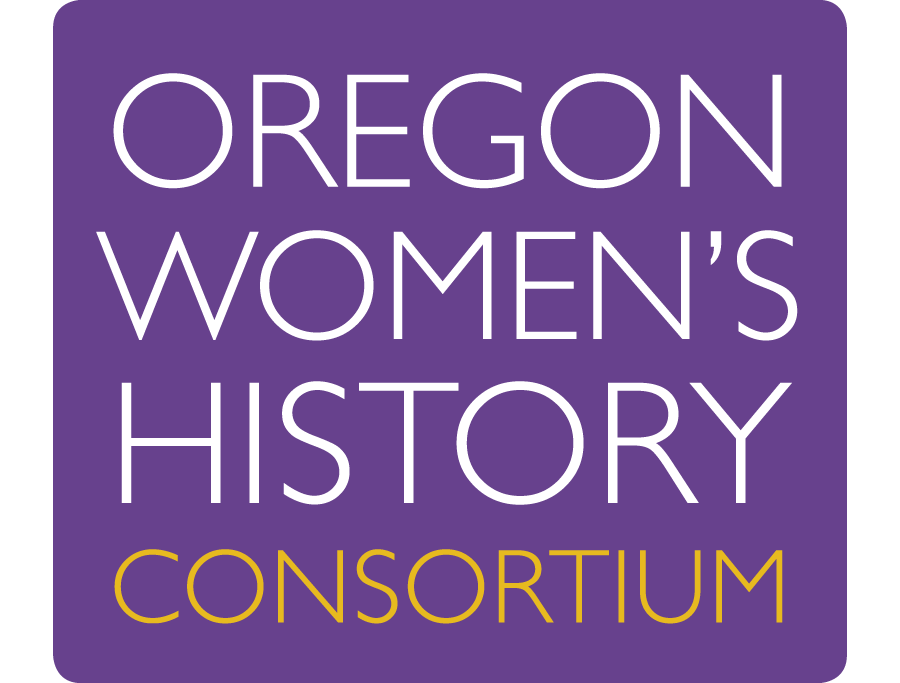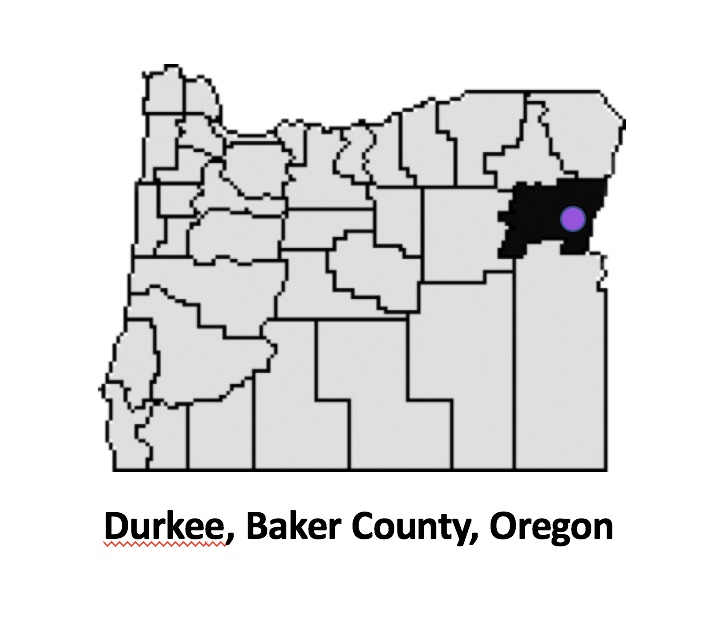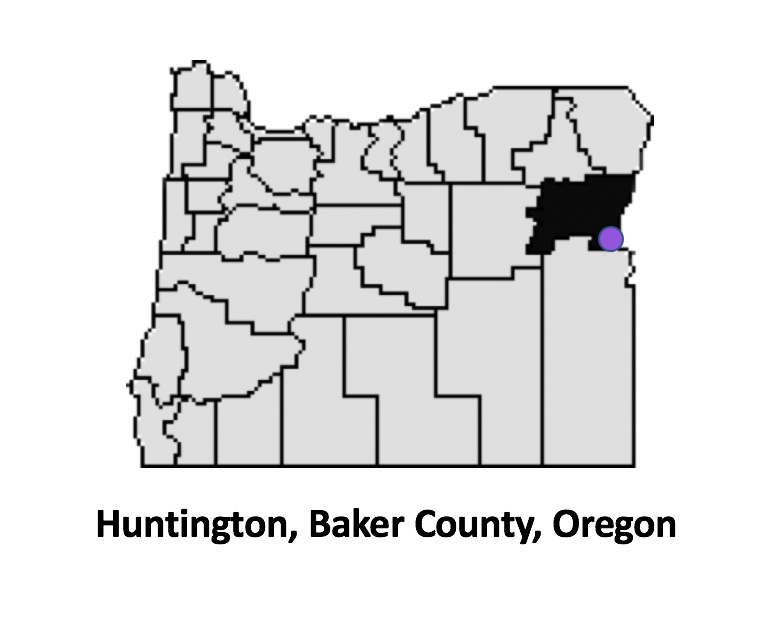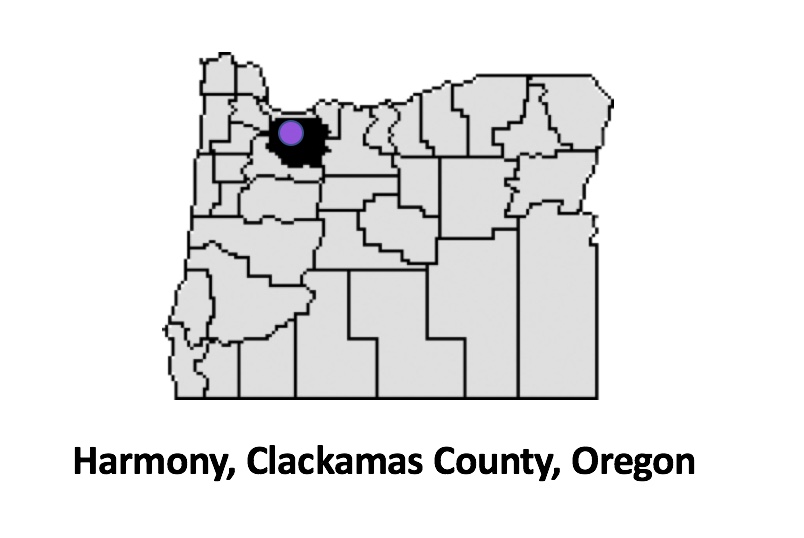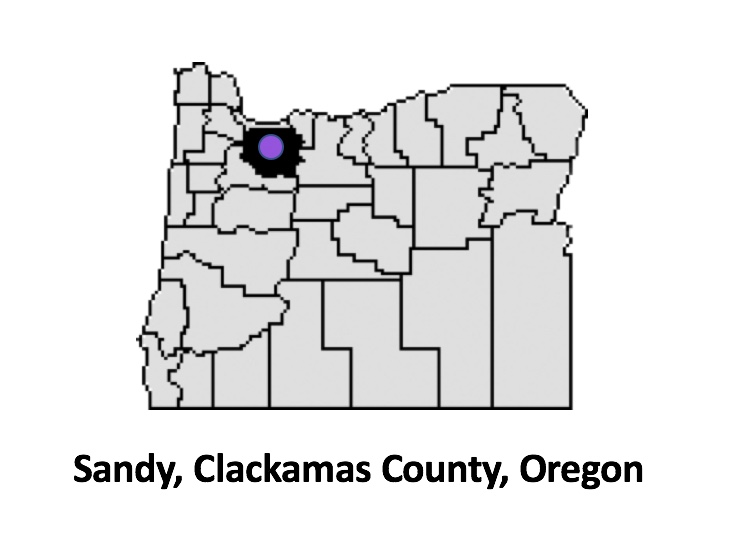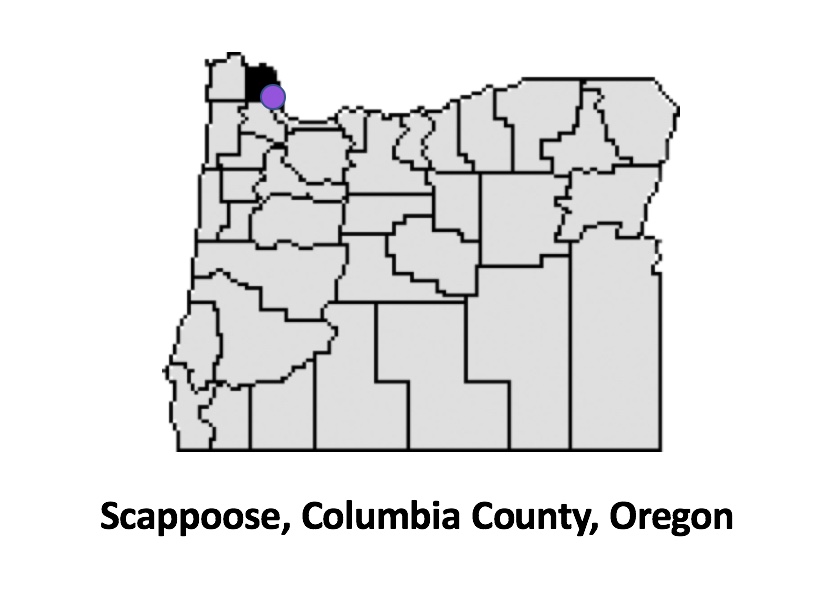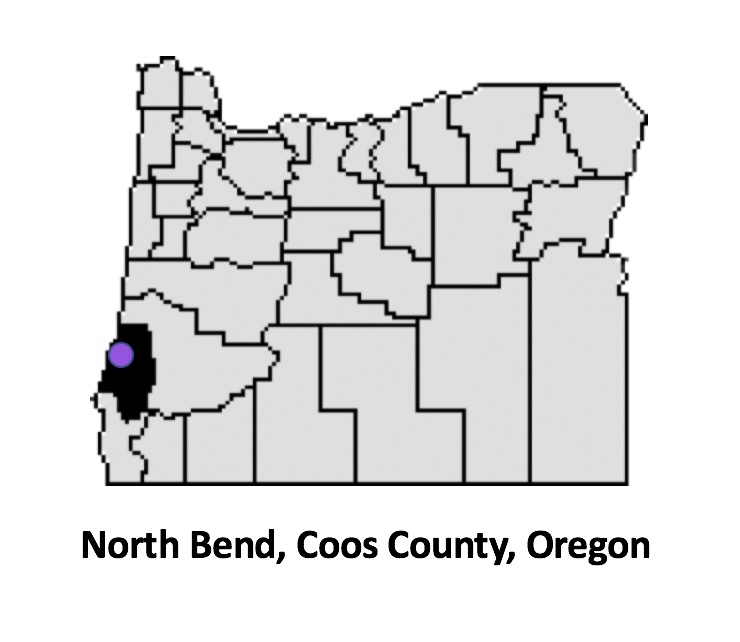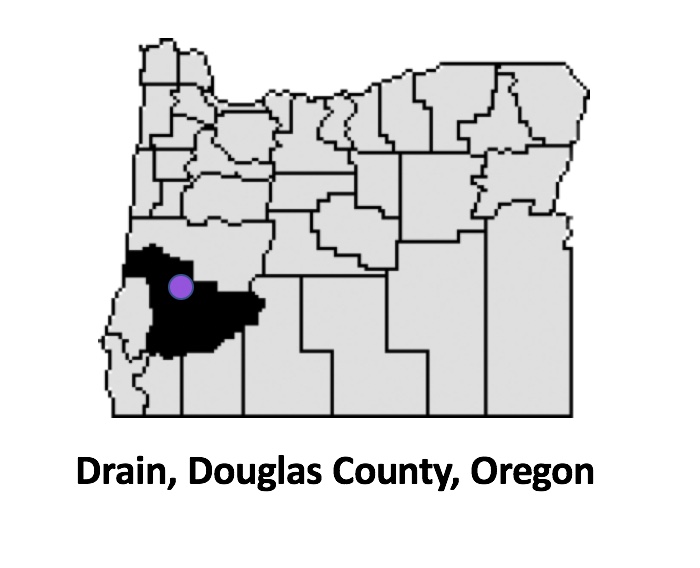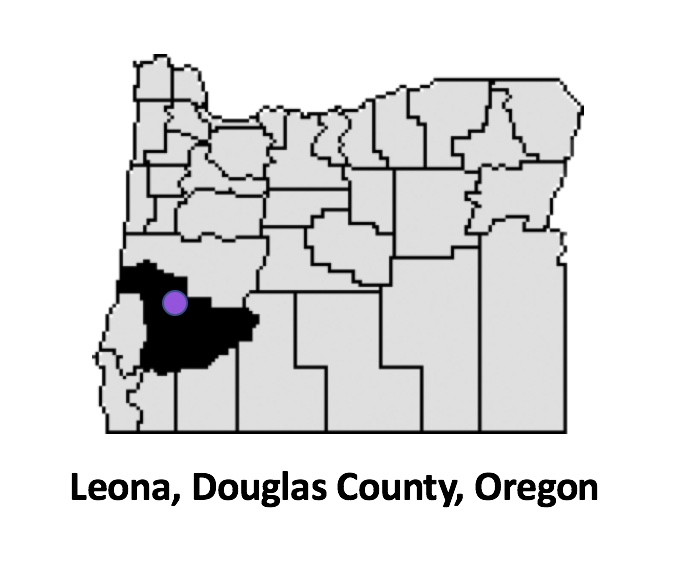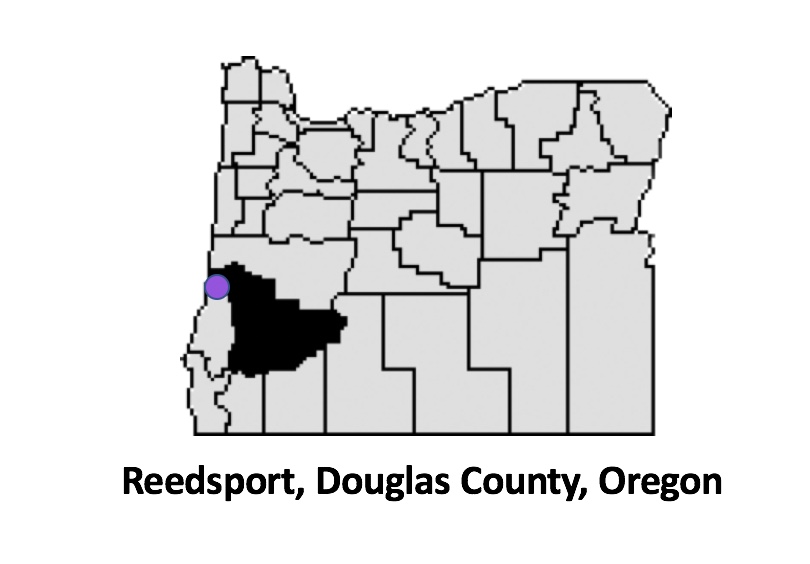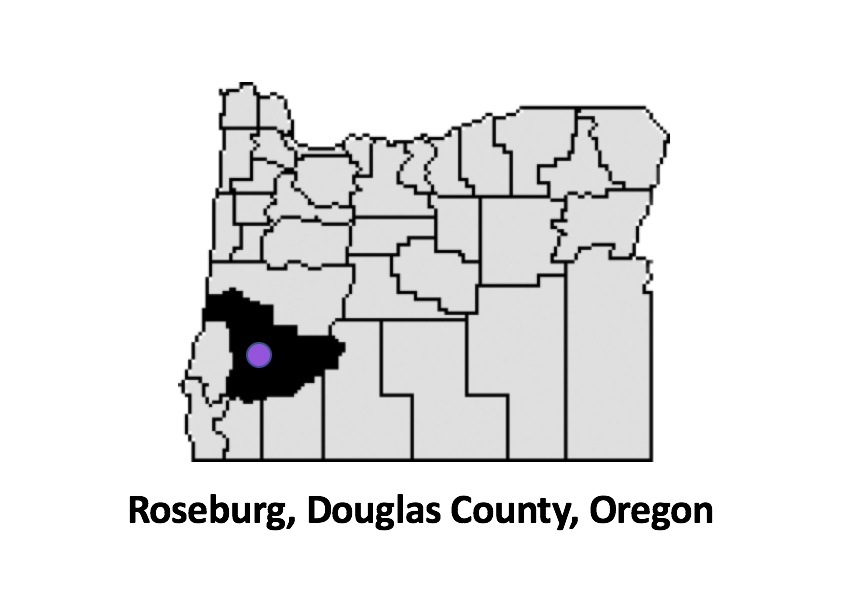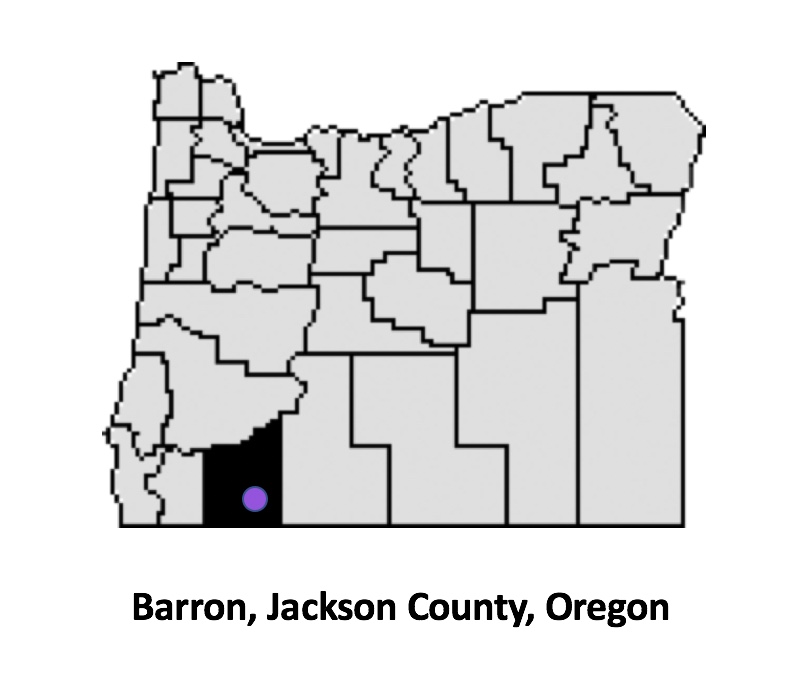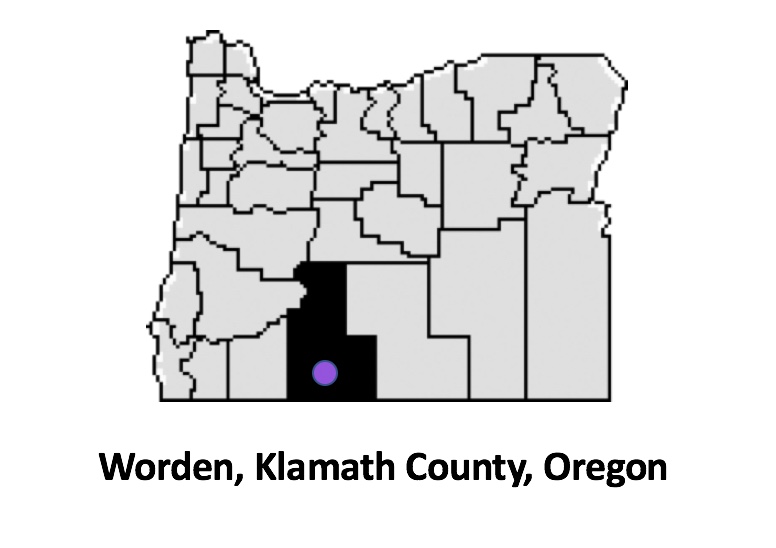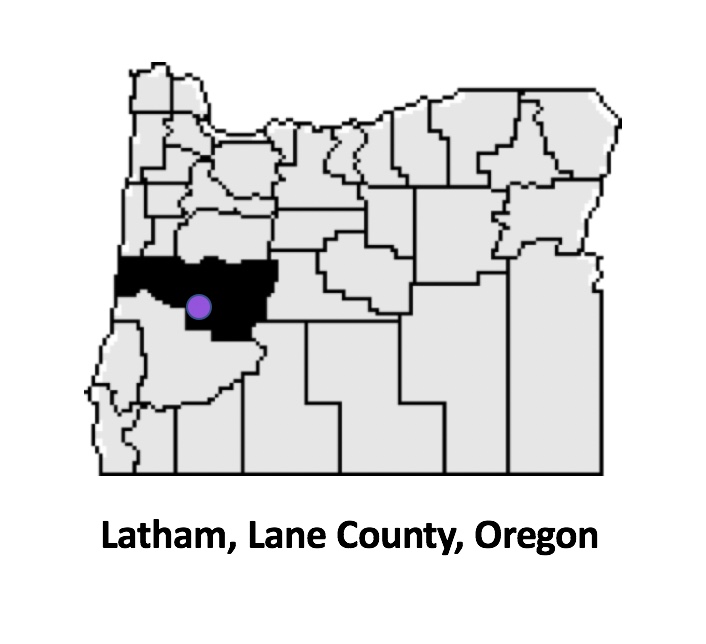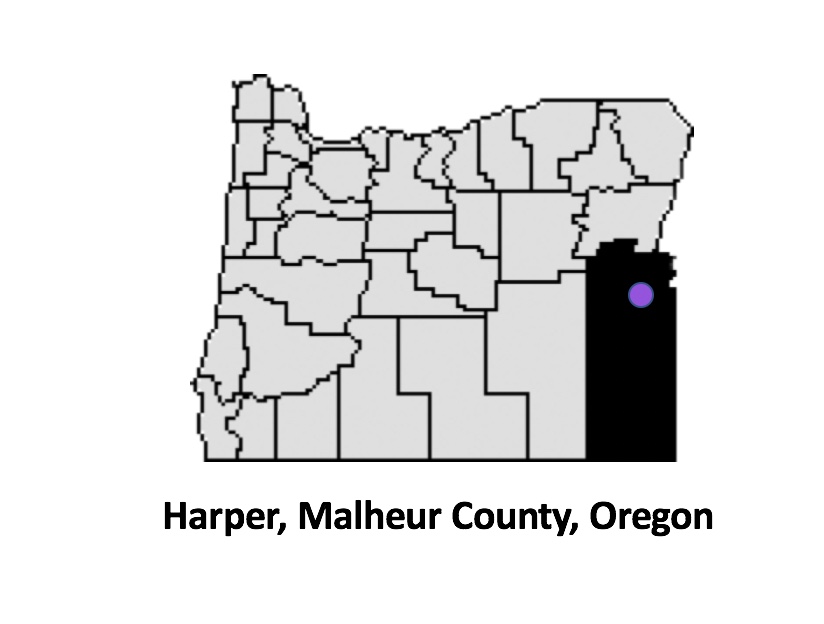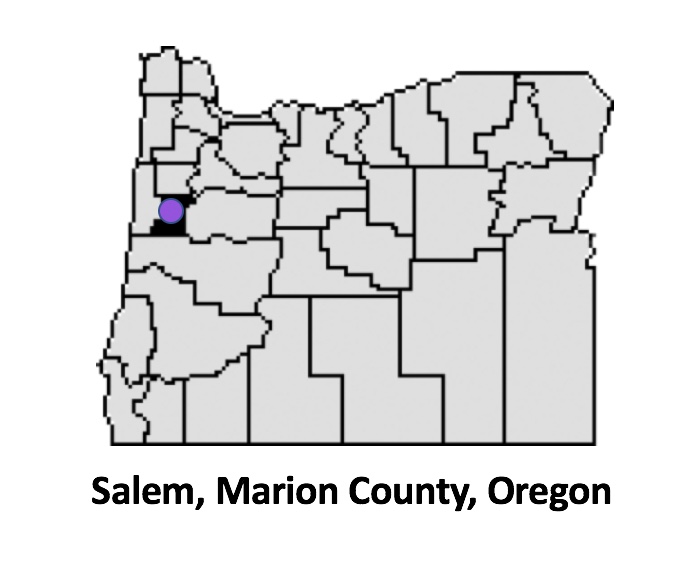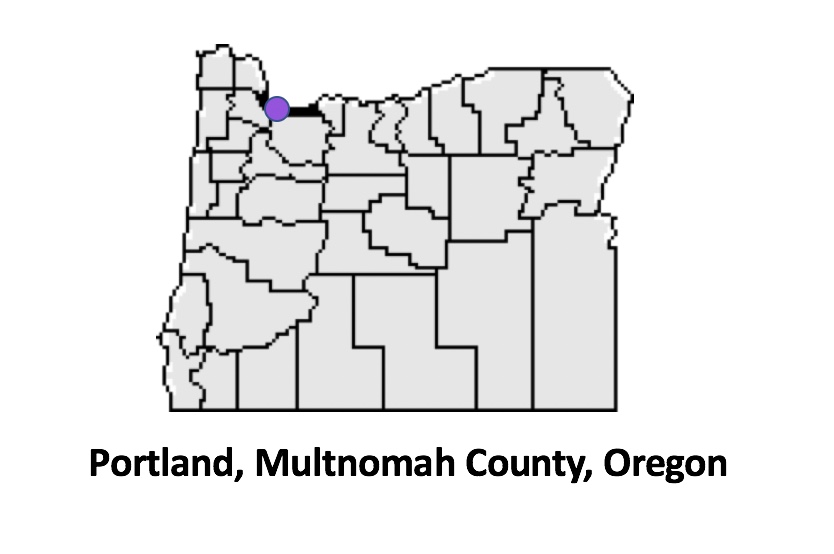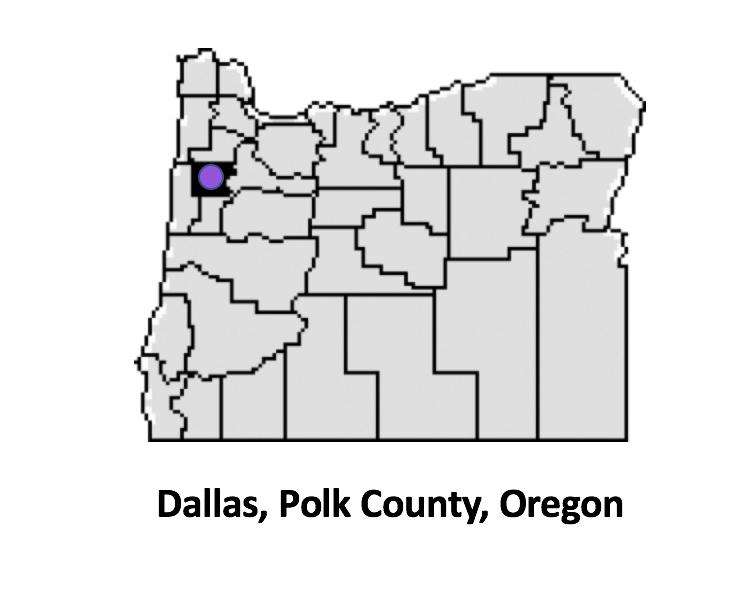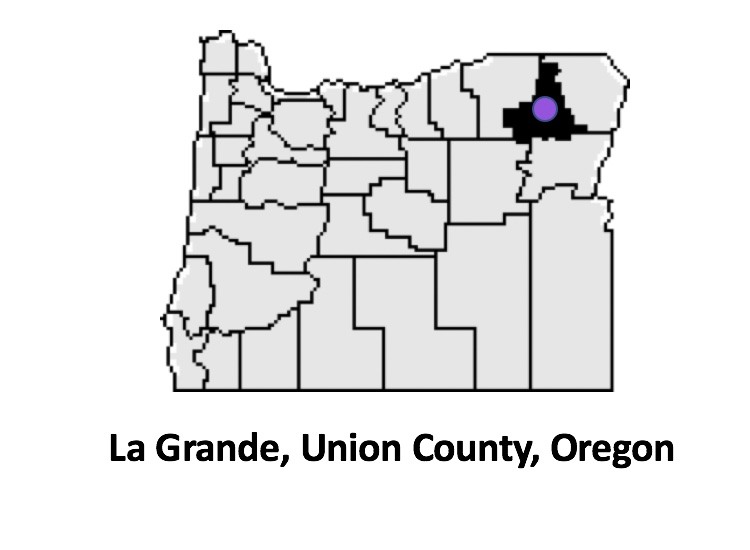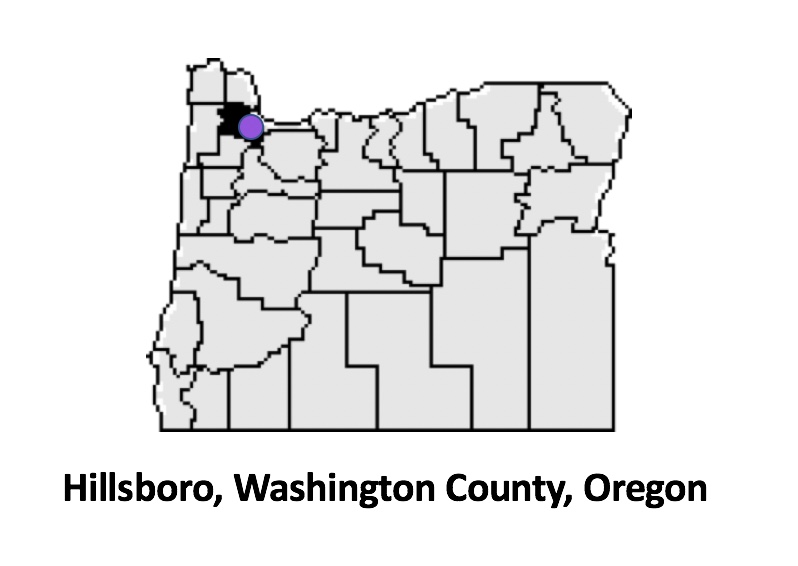Oregon Women in the 1920 Census Born in Mexico
In 2014, the Pew Research Center found that people who identify as having Mexican heritage make up 87% of the 496,000 Latinx Oregonians who comprise 12% of Oregon’s population. One hundred years ago, Mexican Oregonians numbered just 569 in the 1920 census. The majority were men, many recruited as workers by the Southern Pacific and Union Pacific Railroads and the Oregon Railroad and Navigation Company as railroad laborers, known as traqueros. Mexican Oregonians were part of a migration of one million who came to the United States between 1910 and 1920 from Mexico. Many left the conditions of disruption or devastation caused by the Mexican Revolution. Most were recruited by U.S. corporations like the railroads. Further Reading
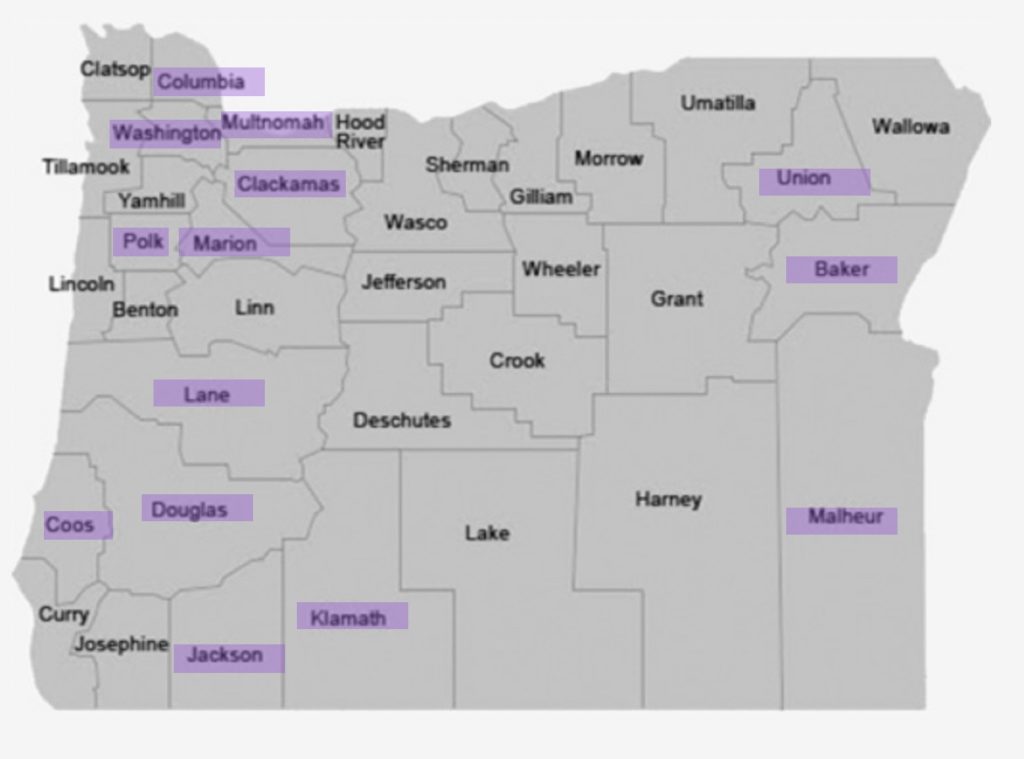
Members of Kimberly Jensen’s Women in Oregon History class at Western Oregon University in Spring 2019 researched the women who were among the 569 Oregonians of Mexican origin listed in the 1920 census. After searching online 1920 Oregon census forms, we found eighty-two girls and women born in Mexico living in fourteen of Oregon’s thirty-six counties. Many of them were part of extended families working for railroads along the lines in Eastern, Southern and Western Oregon. Some worked on the railroad themselves as traqueras. One conducted a boarding house. Two were members of Catholic religious orders. Others were wives of workers or themselves wage-earners in workplaces other than the railroads.
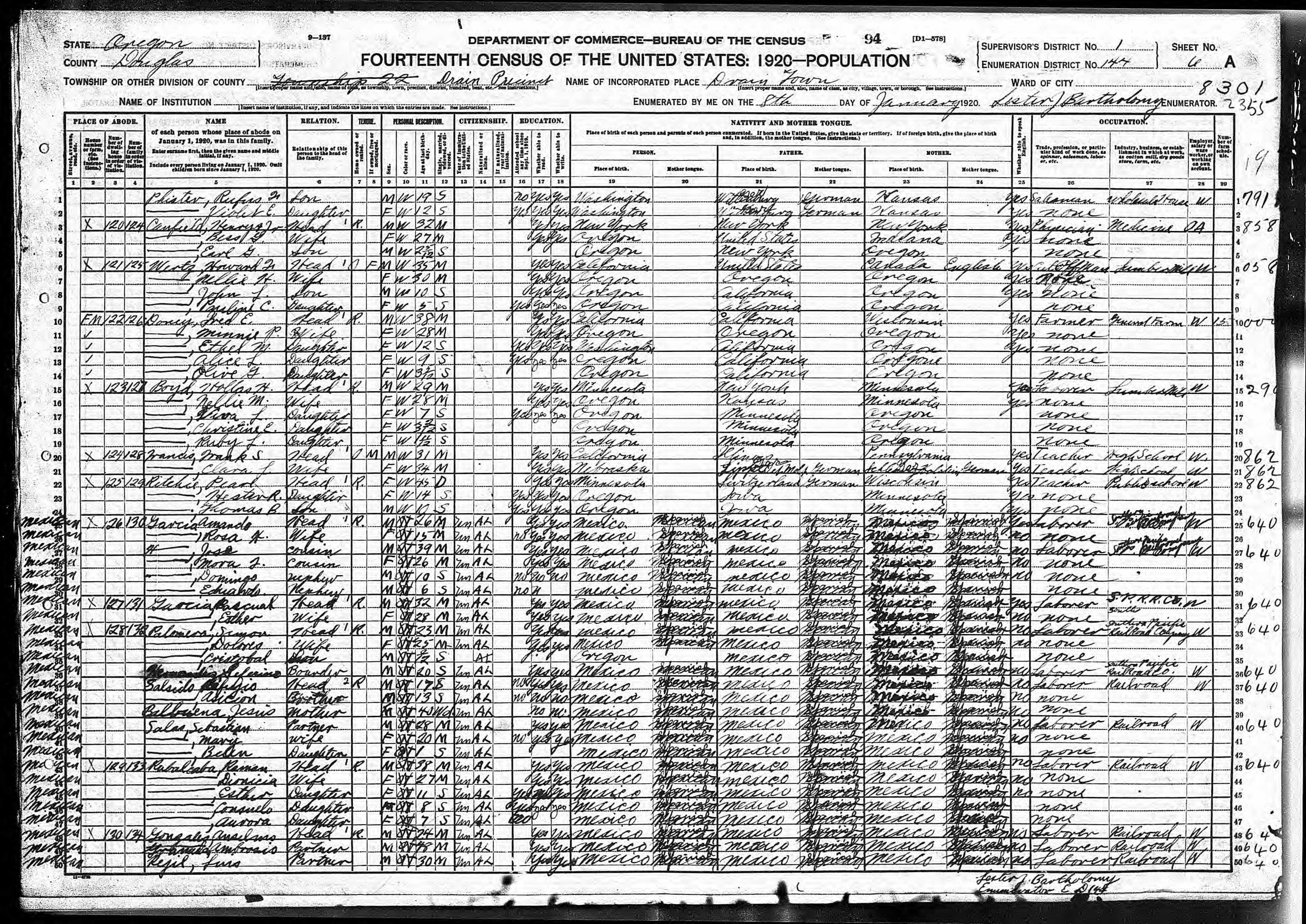
Working with the 1920 census as a primary source is a challenge. As you can see on this page from the Drain district in Douglas County, it is sometimes hard to make out names and occupations. The enumerator (the person who conducted the census door-to-door) was uncertain how to categorize residents born in Mexico and there are many crossed-out entries. We can assume that the enumerator did not speak Spanish and we might wonder if residents were concerned about giving out so much information, including citizenship status. Not all women born in Mexico may have been counted and the enumerator may have made errors in recording their status. The entries we have made below may contain mistakes as a result, but we hope to give voice and visibility to many of the women and girls born in Mexico and living in Oregon in 1920.
Here we present some of the information from the census forms, organized alphabetically by county and town or city within that county. You may always click on an image or table to enlarge that image or table on a separate page. We encourage readers to access the 1920 census to learn more about the women and their families listed here. This research is limited to women born in Mexico with Mexican heritage in the 1920 census. To manage the scope of this project we did not research women who were born outside of Mexico with Mexican heritage. Our hope is that this initial research will inspire others to continue uncovering the important stories of Mexicanas in Oregon in 1920 and beyond.
Baker County
The 1920 census for Durkee, Baker County, listed Julia McDonald, born in Mexico to parents of Guatemalan birth, as a railroad section laborer. The census enumerator listed McDonald as male, but also as a widow with a feminine name. Some women were laborers on the railroad lines, traqueras. This suggests that Julia was female and we have included Julia for these reasons.
Feliciana Jimenor, a 55 year old widow, conducted a boarding house in Huntington, Baker County for railroad workers and their families. Two of her thirteen boarders were women. Fana Gomez was likely married to Pedro Gomez, a railroad laborer. Mary Gusman was a 19-year-old single roomer in Jimenor’s boarding house.
Clackamas County
In Harmony, Clackamas County, twenty-eight year-old Angeleta Simpson was married to Harry Simpson, a fireman in a pulp mill. They had five children.
At twenty-eight, Sarah Petty was married to candy maker Roland H. Petty. They lived in Sandy, Clackamas County.
Columbia County
 Julia Marston, twenty-two, lived with her husband Joe Marson, a truck driver in a lumber camp, in Scappoose, Columbia County.
Julia Marston, twenty-two, lived with her husband Joe Marson, a truck driver in a lumber camp, in Scappoose, Columbia County.
Coos County
 In North Bend, Coos County, Sister Francis Aldape lived among other staff members of North Bend’s Catholic hospital, including eleven nursing sisters and a priest. Sister Francis Aldape worked as a janitor in the hospital.
In North Bend, Coos County, Sister Francis Aldape lived among other staff members of North Bend’s Catholic hospital, including eleven nursing sisters and a priest. Sister Francis Aldape worked as a janitor in the hospital.
Douglas County
 In Drain, Douglas County, seventeen of the eighteen girls and women residents from Mexico listed were associated with railroad work as wives, daughters, cousins, mothers, or aunts of male traqueros. Petra Vargas boarded in the Juan Hernandez household and was herself a railroad worker, a traquera.
In Drain, Douglas County, seventeen of the eighteen girls and women residents from Mexico listed were associated with railroad work as wives, daughters, cousins, mothers, or aunts of male traqueros. Petra Vargas boarded in the Juan Hernandez household and was herself a railroad worker, a traquera.
 Petronella Acosta, thirty-six and single, and Loreta Gonzales, twenty-four and single, were both laborers on the railroad line in Leona, Douglas County. Acosta and Gonzalez roomed in the Alejandro Gonzalez household with ten other workers born in Mexico.
Petronella Acosta, thirty-six and single, and Loreta Gonzales, twenty-four and single, were both laborers on the railroad line in Leona, Douglas County. Acosta and Gonzalez roomed in the Alejandro Gonzalez household with ten other workers born in Mexico.
Hortense Zamora, twenty-two, lived with her husband Joe Zamora in Reedsport, Douglas County. Joe was a traquero worker with the railroad.
In Roseburg, Douglas County, Annie Deerdorf, twenty-one, lived with her husband Frank, a machinist.
Jackson County
 Barron, Jackson County, was the 1920 residence of Mary Barajas, Soledad Huerta and her two children Carmon and Victoria, Emaguente Rodriguez and her daughter Manuella, and Petra Zunga. Their husbands and fathers were section hands for the Southern Pacific Railroad and they lived in a community of railroad workers.
Barron, Jackson County, was the 1920 residence of Mary Barajas, Soledad Huerta and her two children Carmon and Victoria, Emaguente Rodriguez and her daughter Manuella, and Petra Zunga. Their husbands and fathers were section hands for the Southern Pacific Railroad and they lived in a community of railroad workers.
Klamath County
 Weneslada Rosa, twenty-eight, lived with her daughter and husband in Worden, Klamath County. Weneslada’s husband Yanario worked repairing railroad tracks.
Weneslada Rosa, twenty-eight, lived with her daughter and husband in Worden, Klamath County. Weneslada’s husband Yanario worked repairing railroad tracks.
Lane County
In Latham, Lane County, Maria Borgorgues, Dolores Raybon, Yahacia Reyes, and Lidia Ybarra were all partners with Laoro Androde working as traqueras for the railroad. Concepsion Stewart was married to Anthony Stewart, a mining engineer.
Malheur County
 Ramona Granda, twenty, was married to Raymond Granda, who worked as a railroad coal passer in Harper, Malheur County.
Ramona Granda, twenty, was married to Raymond Granda, who worked as a railroad coal passer in Harper, Malheur County.
Marion County
 Margaret Wilcox, thirty-three, was a patient at the Oregon State Hospital in Salem, Marion County.
Margaret Wilcox, thirty-three, was a patient at the Oregon State Hospital in Salem, Marion County.
Multnomah County
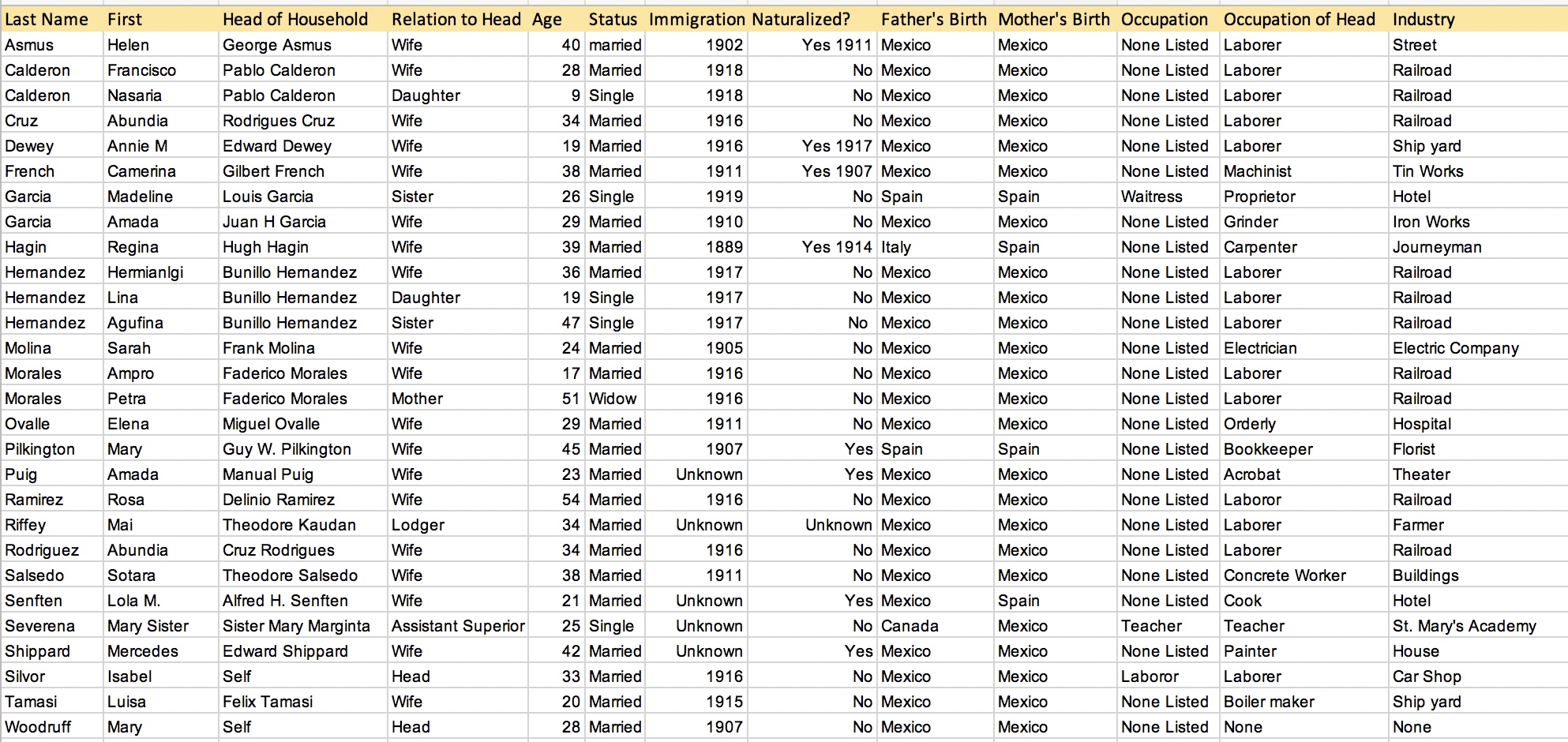 Twenty-eight women and girls born in Mexico lived in Portland, Multnomah County. Twenty-four were wives and daughters of men engaged in a railroad work, and in the shipyard and other skilled labor. One lodged in the houshold of a farmer. Madeline Garcia worked as a waitress and Isabel Silvor worked in a car shop. Sister Mary Severena was a teacher at St. Mary’s Academy for Girls.
Twenty-eight women and girls born in Mexico lived in Portland, Multnomah County. Twenty-four were wives and daughters of men engaged in a railroad work, and in the shipyard and other skilled labor. One lodged in the houshold of a farmer. Madeline Garcia worked as a waitress and Isabel Silvor worked in a car shop. Sister Mary Severena was a teacher at St. Mary’s Academy for Girls.
Polk County
 Stetaluna Phillips, forty-nine and married to Isaac Phillis, lived with their sons and her daughter Blanca in Dallas, Polk County. Isaac was listed as seventy-six and no longer working. Stetaluna’s oldest sons worked in a lumber mill.
Stetaluna Phillips, forty-nine and married to Isaac Phillis, lived with their sons and her daughter Blanca in Dallas, Polk County. Isaac was listed as seventy-six and no longer working. Stetaluna’s oldest sons worked in a lumber mill.
Union County
 Dolores Shannon, a seventy-five-year-old widow, lived with her son and his family in La Grande, Union County.
Dolores Shannon, a seventy-five-year-old widow, lived with her son and his family in La Grande, Union County.
Washington County
 In Hillsboro, Washington County, Amelia Gomes, the wife of Pedro Gomes, a traquero, lived with Pedro and their daughter Calasa. Disola Medina was also the wife of a traquero. She and her husband Frank Medina lived with their daughter Eliza.
In Hillsboro, Washington County, Amelia Gomes, the wife of Pedro Gomes, a traquero, lived with Pedro and their daughter Calasa. Disola Medina was also the wife of a traquero. She and her husband Frank Medina lived with their daughter Eliza.
Garcia, Jerry. “Latinos in Oregon.” The Oregon Encyclopedia. https://oregonencyclopedia.org/articles/hispanics_in_oregon/#.XOhZKvx7nq7
Garcilazo, Jeffrey Marcos. Traqueros: Mexican Railroad Workers in the United States, 1870 to 1930. Denton: University of North Texas Press, 2012.
Gonzales-Berry, Erlinda and Marcela Mendoza. Mexicanos in Oregon: Their Stories, Their Lives. Corvallis: Oregon State University Press, 2010.
Pew Research Center, “Demographic Profile of Hispanics in Oregon, 2014,” https://www.pewhispanic.org/states/state/or/
